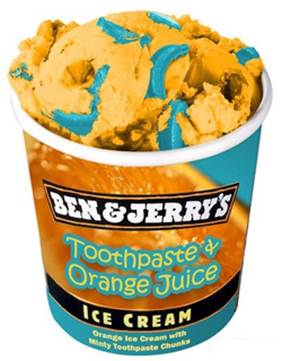Copyright
The starting point would be protection under copyright, which clearly would protect any voice acting done by an individual. One could argue that daily, non-performing speech would not be protected, since it's not, on the face of it, a performance of a copyright protected work. Speeches and other oral forms of expression would also be arguably protected, affording the speaker rights in their work, and thus in a way their own voice.
The Copyright, Designs and Patents Act 1988 also affords certain performers' rights under sections 182-184, which, among other things, make it illegal to record a live performance without consent or to make copies of recordings without consent. This has been considered by the UK Court of Appeal to potentially apply to performances by deceased artists in the case of Experience Hendrix LLC v Purple Haze Records Ltd (which dealt with performances by the late Jimi Hendrix). Clearly one could protect their voice through the performances themselves, but their voice in isolation is probably not protected.
In the US voice actors have been confirmed to have certain rights in their works. In Midler v Ford Motor Co., the singer and voice-actor Bette Midler asserted her rights in her voice, which was imitated in an advert by Ford. Although the Court of Appeal stated that "…A voice is not copyrightable. The sounds are not 'fixed'", they did afford her rights under common law for appropriation of identity. They highlighted that "…[a] voice is as distinctive and personal as a face. The human voice is one of the most palpable ways identity is manifested". Arguably this is correct, since just a person's voice in the abstract is not necessarily protectable, but the underlying work, including the recording of that work, could be.
Similarly in Waits v Frito-Lay Inc., the US Court of Appeal determined that a radio commercial that imitated the voice of Tom Waits, a famous singer with a very unique voice, amounted to appropriation of publicity rights under California law and false, implied endorsement under federal law.
Copyright does offer the widest set of rights in one's voice, particularly in the United States, which would be used to protect a distinctive, well-known voice, but it would be unlikely that someone without the notoriety would succeed.
Trademarks
Beyond the protection given to recorded voice works as above, could you register a voice as a trademark to protect it?
| Peter loved the sound of his own voice - maybe a little too much |
Sound marks can also be registered in the US, which has had a much longer period of acceptance towards more unconventional trademarks. As per the decision in Re General Electric Broadcasting Co. Inc., so long as the sound creates an association for a particular good or service in the mind of the listener, a sound can be registered as a trademark (discussed in more depth in the case of re Vertex Group LLC). The arrangement, however, needs to be definitive.
Clearly it is possible to register a person's voice as a trademark, but only for a particular phrase or arrangement that is clearly defined in the application, for example, through a sound file. This wouldn't confer rights to your voice in general, but could protect some aspects such as catch phrases.
Patents
Although patents don't offer a clear way to protect a voice, they do offer some interesting applications in terms of voices overall.
In a US patent (US20130151243) Samsung have claimed an invention that can be used to modulate voices. Based on this writer's reading of the patent (wrong or not), the module takes in a voice, processes it for particular properties, and then modulates the voices when used, in a way mimicking the voice it's been listening to. A similar Chinese patent (WO2017059694) looks to imitate a source voice altogether.
As is clear patents are not the way to protect anyone's voice, but as AI and technology develops they will be in the forefront of protecting the technologies that might just copy our voices one day.
Conclusion
Overall protecting one's voice seems to be quite tricky, which leaves someone quite exposed should imitation software and other methods of recreation become more widely used, for nefarious purposes or not. Even so, especially without an image right like in the US, one would hope that the law will see a change , as someone's voice can be an iconic part of their person, which should be protected in some way. Legitimate uses, for example for parody and satire, should of course be allowed, but the misappropriation of one's voice should be prevented. How you would do this, this writer isn't exactly sure, but one could look for direction from the US cases and legislation discussed above.

